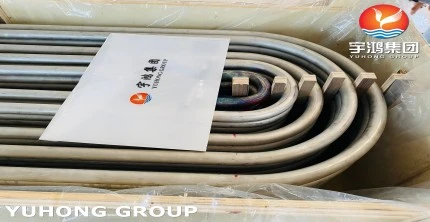Titanium alloy tube is a tube made of titanium alloy. Titanium alloys can be divided into three types according to their structures. They have high mechanical performance, good stamping property, and can be welded in various forms. The welding joint strength can reach 90% of the base metal strength, and they have good machinability. Titanium tubes have high corrosion resistance to chlorides, sulfides, and ammonia. The corrosion resistance of titanium in seawater is even higher than that of aluminum alloy, stainless steel, and nickel-based alloy. Titanium also has strong resistance to water impact.
Working principle of titanium alloy tubes
Titanium alloy tube is mainly used to connect various titanium equipment and pipes for material flow between different devices. This pipe has the corrosion resistance of titanium itself, which is used to replace ordinary pipelines in places where general pipelines cannot meet the demand.
Applications of titanium alloy tubes
Titanium alloys are mainly used to make compressor components of aircraft engines, followed by structural parts of rockets, missiles, and high-speed aircraft. In the mid-1960s, titanium and its alloys were applied in general industries, such as electrodes for the electrolytic industry, condensers for power plants, heaters for petroleum refining and seawater desalination, and environmental pollution control equipment. Titanium and its alloys have become a kind of corrosion-resistant structural material, and are also used to produce hydrogen storage materials and shape memory alloys.
Classification of titanium alloy tubes
Classified by structure
Titanium alloy with added aluminum and tin elements.
Titanium alloy with added alloy elements such as aluminum, chromium, molybdenum, and vanadium.
Titanium alloy with added aluminum, vanadium, and other elements. Titanium alloy tube has high strength, small density, good mechanical performance, excellent toughness, and corrosion resistance. However, titanium alloy has poor processability, difficult cutting processing, and is easy to absorb impurities such as hydrogen, oxygen, nitrogen, and carbon in hot processing. It also has low wear resistance and complex production technology.
Classified by added elements
An alloy composed of titanium as a base and added with other elements. The industrial production of titanium started in 1948. The development of the aviation industry has driven the titanium industry to grow at an average annual rate of about 8%. The annual production of titanium alloy processing materials in the world has exceeded 40,000 tons, and there are nearly 30 grades of titanium alloys. Ti-6Al-4V (TC4), Ti-5Al-2.5Sn (TA7), and industrial pure titanium (TA1, TA2, and TA3) are the most widely used titanium alloys.
Classified by application
Titanium alloy tube is classified into heat-resistant alloys, high-strength alloys, corrosion-resistant alloys (such as titanium-molybdenum, titanium-palladium alloys), low-temperature alloys, and special functional alloys (such as titanium-iron hydrogen storage materials and titanium-nickel shape memory alloys) according to their applications.

 English
English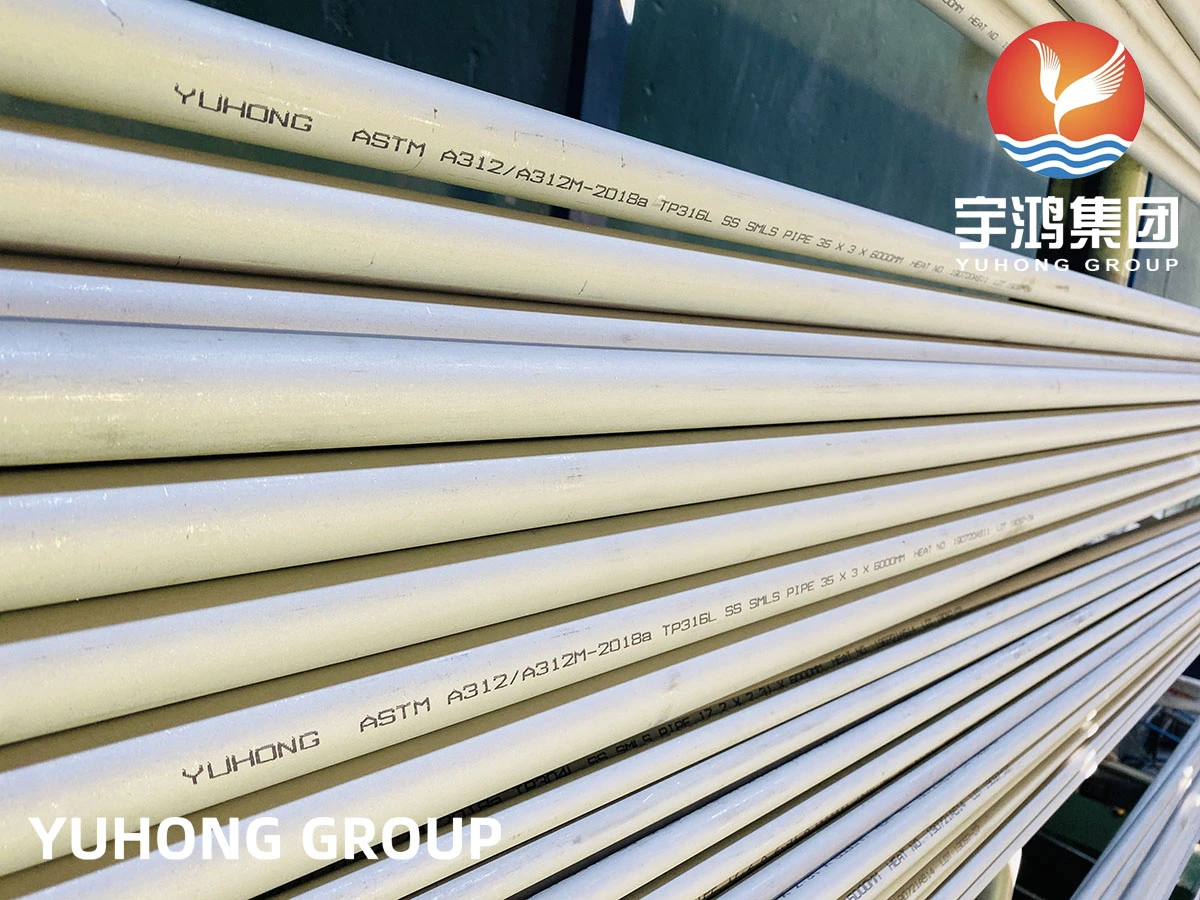
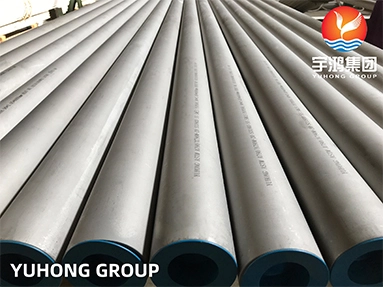
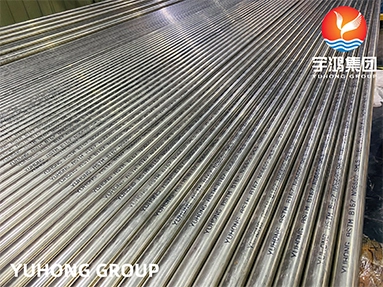
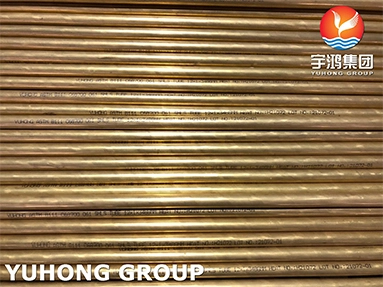
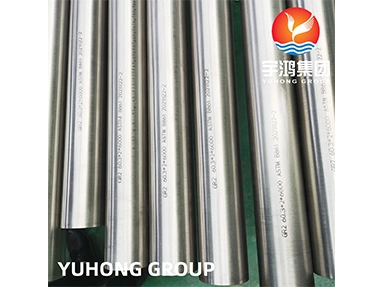
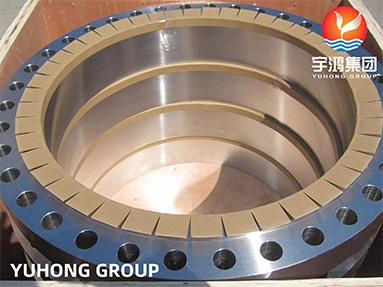
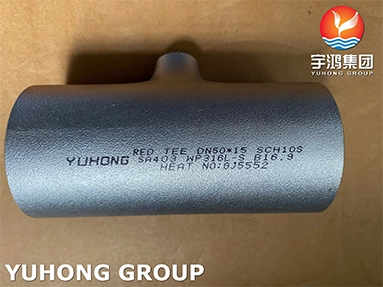
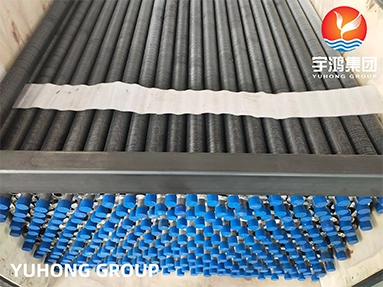
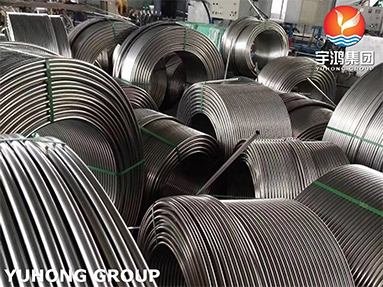


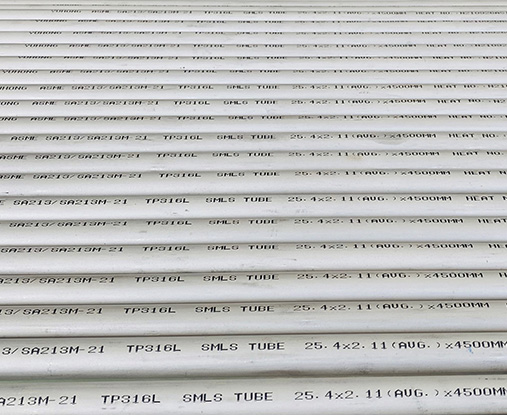
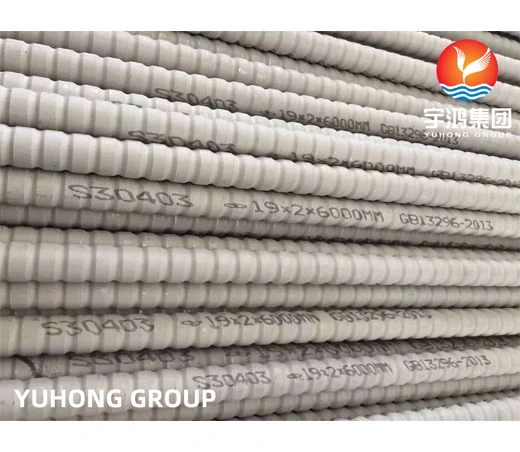
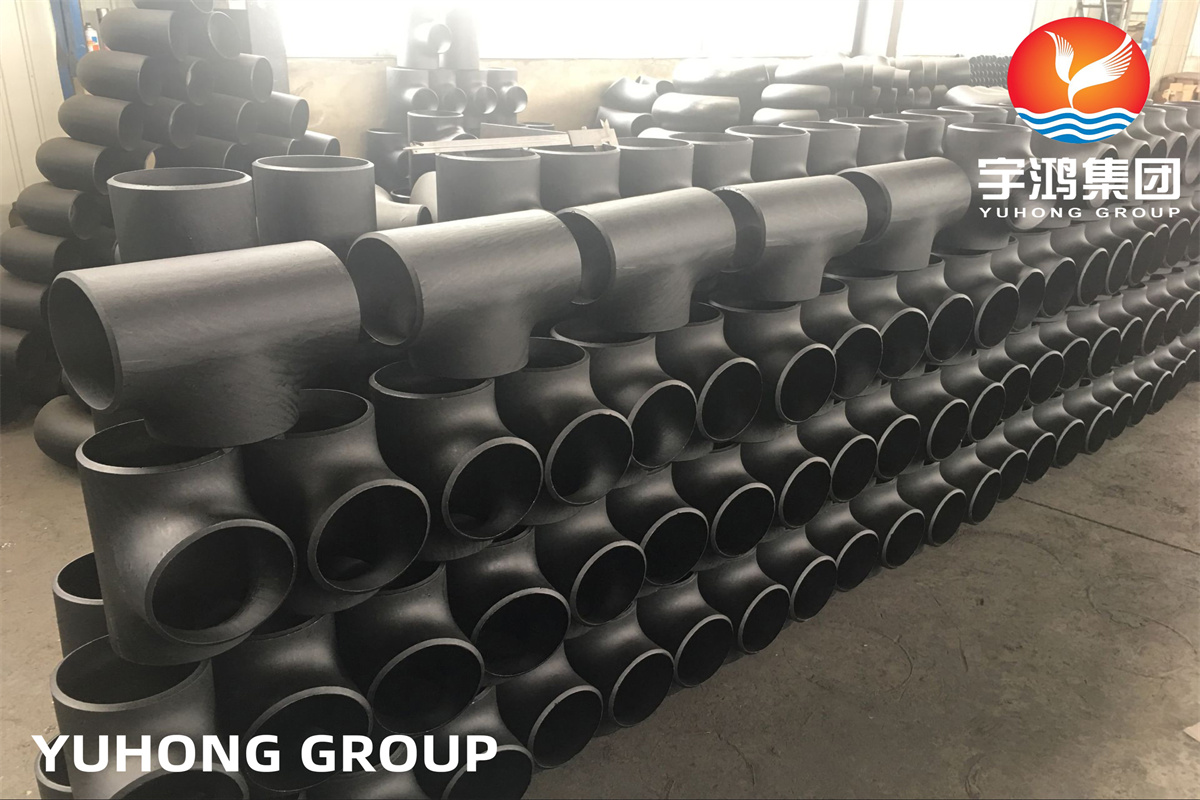
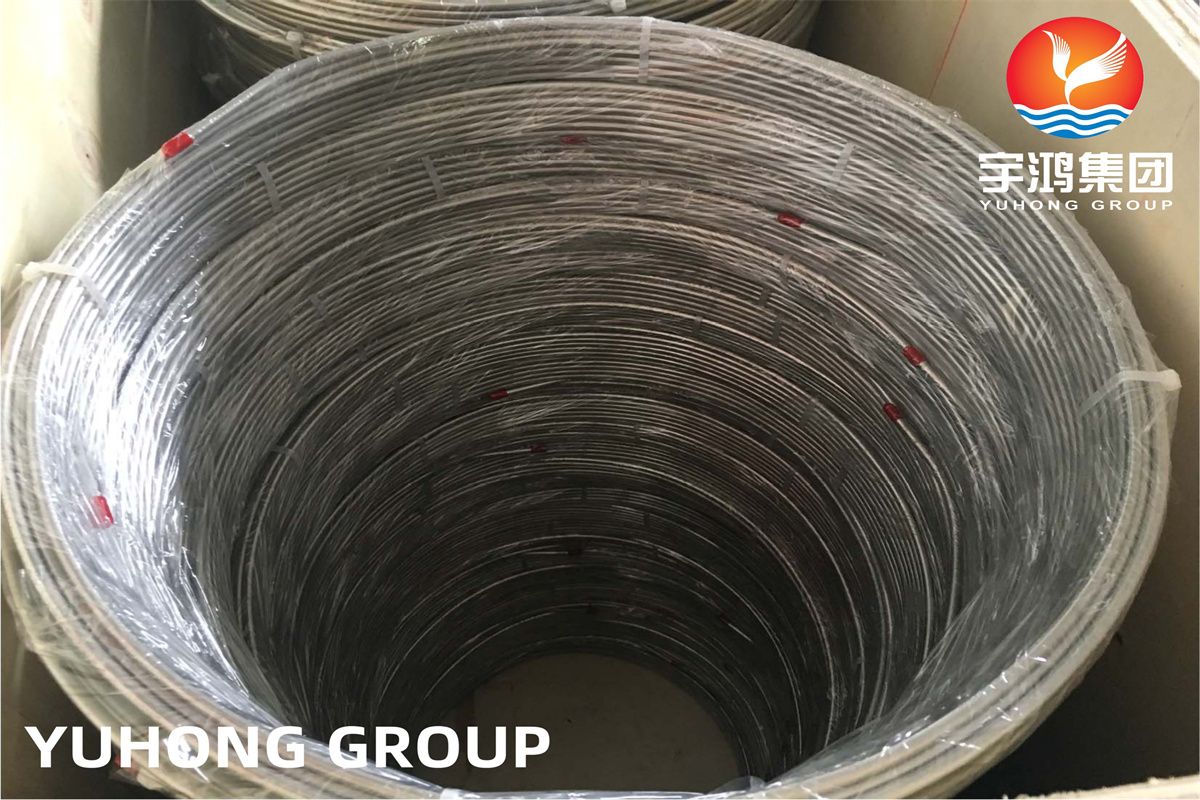
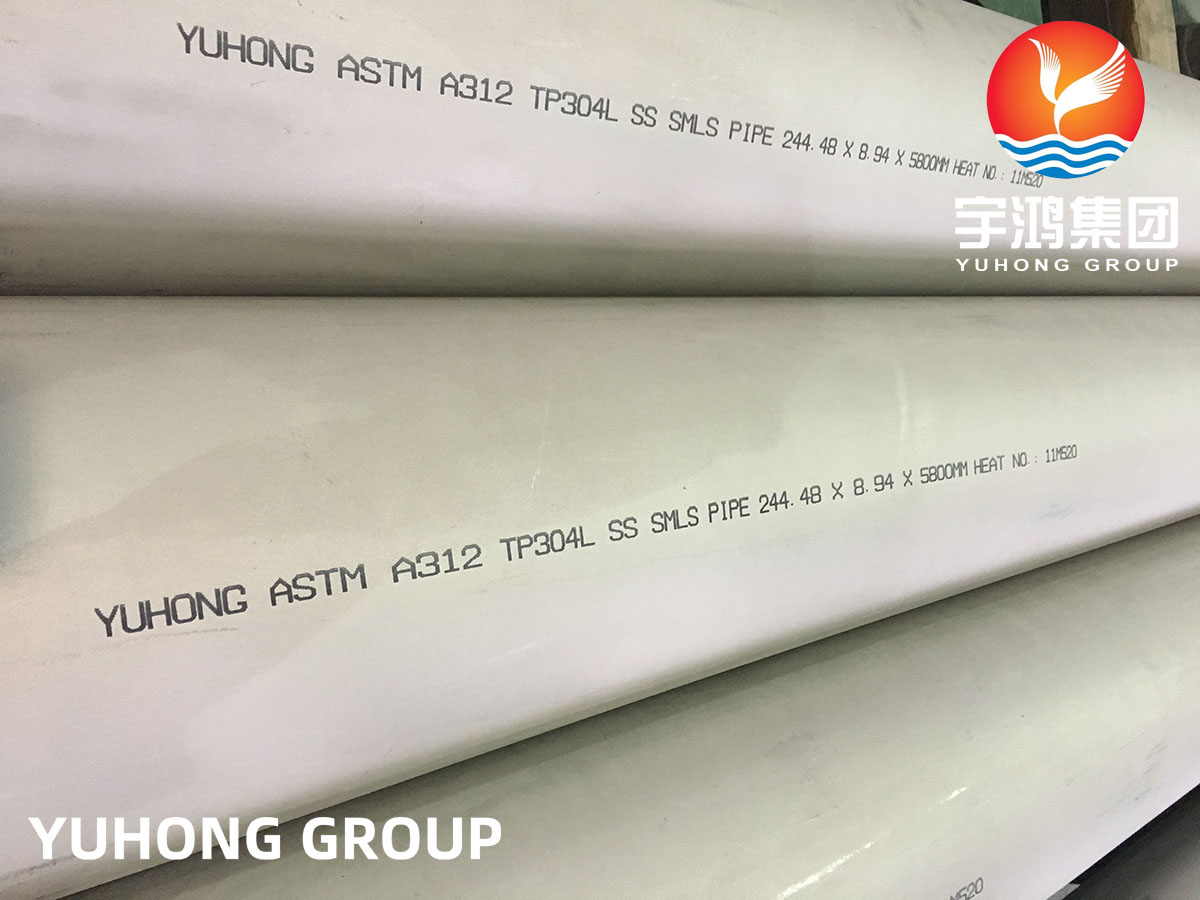
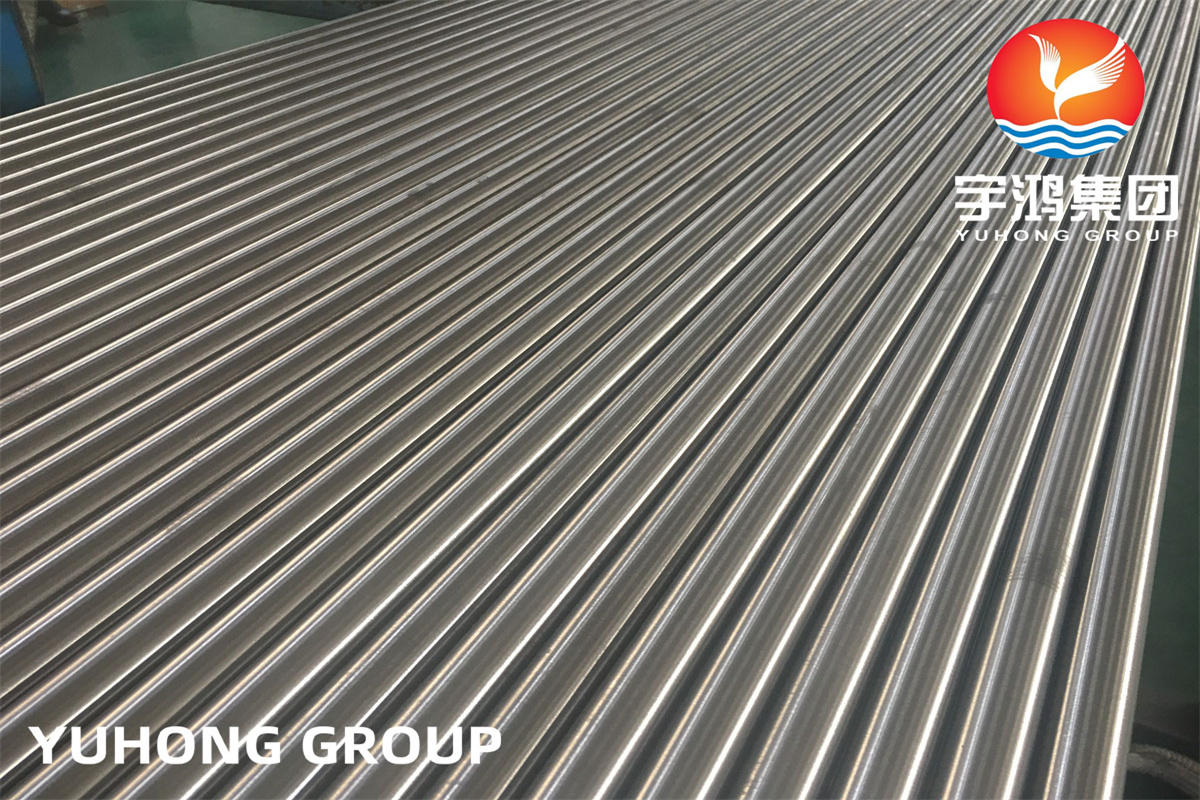
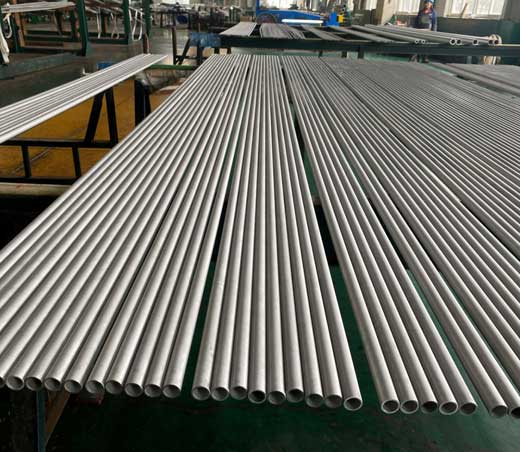
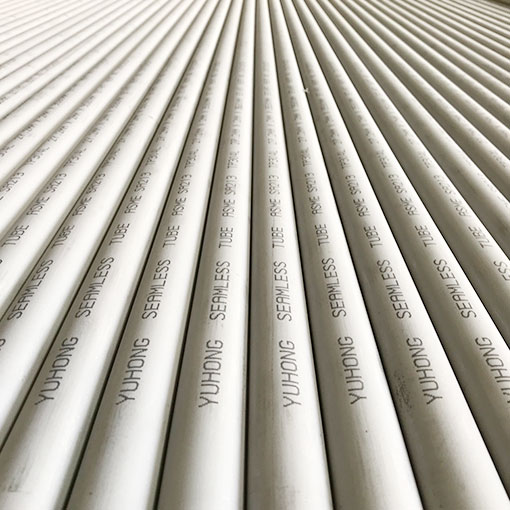
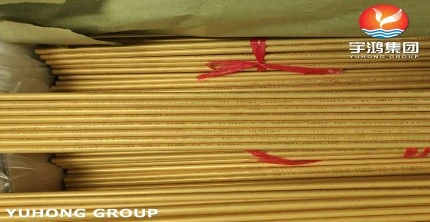
_副本.webp)
